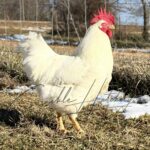
- White Rock – Sold as Baby Chicks Only
Not Sexed = 3
Female = 3
Male = 1
Total of 3 birds to ship
Seasonal/Shipped Feb thru mid August
Continue Reading
Not Sexed = 3
Female = 3
Male = 1
Total of 3 birds to ship
Seasonal/Shipped Feb thru mid August
Continue Reading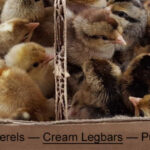
The terms “sex link” and “autosex” both refer to chicks whose gender is obvious as soon as they hatch. But the two terms are not synonymous. Sex link chickens, or sex links, result from mating a hen and a rooster of two different breeds. Autosex chickens are the offspring of a hen and a rooster […]
Continue Reading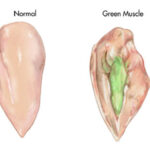
First, let’s dispense with a few myths. Green muscle disease is not a disease. It is a disorder involving muscle degeneration. Second, among chickens it affects only Cornish-cross broilers, but not other types of meat chickens. Third, it is not new, having been identified since 1968. And fourth, green muscle is highly preventable. What is […]
Continue Reading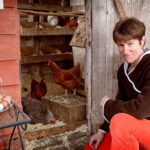
By Cackle Hatchery Here at Cackle Hatchery® we are constantly fielding questions from our customers. Below are answers to 17 of the most common questions we hear about chickens and eggs. Why do chickens lay eggs? Chickens lay eggs to reproduce more chickens. However, unless a rooster is present, the eggs won’t be fertile and […]
Continue Reading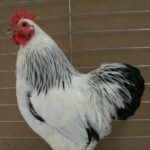
Shipped Early Feb thru Mid August.
Limit of 10
Item #364
Continue ReadingEnjoy your free downloadable gift for updating your dealer listing with us here at Cackle Hatchery! Click Here to Download As an added bonus after downloading feel free to print any Cackle Hatchery sales sheets for poultry you may need instore: PRINTABLE CHICK SALES SHEETS Tips for printing: Make sure your printer settings are set […]
Continue Reading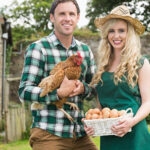
Chicken keepers in the United States are a diverse bunch in such things as where they live, how many chickens they keep, and what they feed their flock. A paper published in Poultry Science offers some interesting insights about who, exactly, chicken keepers are. Urban or Rural Backyard chicken keepers in the United States are […]
Continue Reading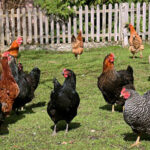
For exhibition purposes, large chicken breeds recognized by the American Poultry Association (APA) are organized into six classes. Most of the classes represent the geographic region where the breeds originated or were developed. Knowing a chicken’s APA class lets you infer a number of things about the breed, including temperament, laying ability, climate tolerance, and […]
Continue Reading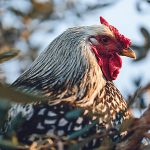
Chickens, including bantams, tend to do better in cold weather than in hot weather. However, some bantams tolerate the cold better than others. Certain features — such as dense plumage, leg feathering, beards, and small combs — contribute to a cold hardiness. Often the country of origin provides a clue to a breed’s climate tolerance. […]
Continue Reading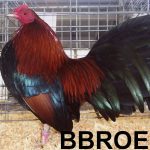
Chicken keepers often use abbreviations and assume their listeners know what they mean. Here are some of the more common chicken breed abbreviations, along with abbreviations for variety features and those used for show that may be puzzling when you see them in poultry publications, forums, and websites. Note that abbreviations may be combined to […]
Continue Reading